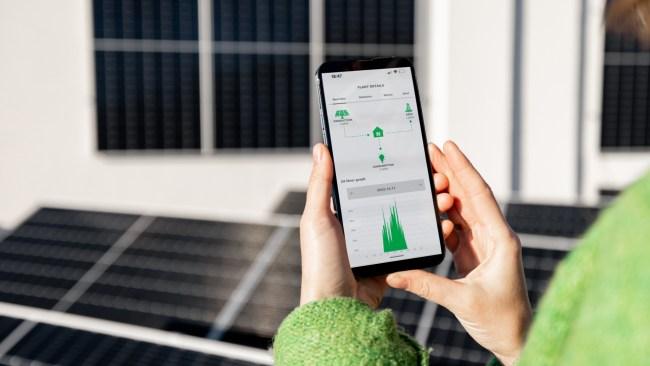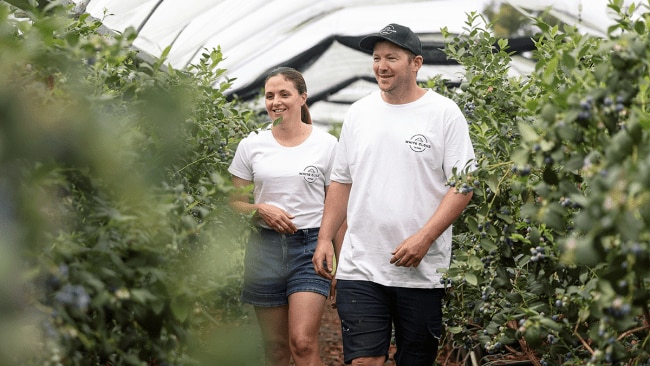Firstmac: shaping the green lending landscape in Australia
With global attention on climate change and sustainability, green lending is emerging as a key component of modern banking. But is green lending merely a trend or a fundamental shift in how financial institutions operate?

This article was made in partnership with Firstmac.
It has been almost nine years since the Paris Agreement, yet only 10 per cent of countries with climate change targets have detailed plans in place. While the government and leaders continue to debate the merits and shortcomings of renewable and nuclear energy and how to best reach net zero targets, financial institutions are taking the reins and leading the transition to decarbonisation.
‘Green lending’ has emerged as a financial product specifically designed to support environmentally sustainable projects like renewable energy initiatives, energy-efficient home upgrades, electric vehicles, and green infrastructure.
Firstmac, a non-bank lender with a sustainable mission, developed its first Green Loans Program in 2018.
Developed in partnership with the Federal Government’s Clean Energy Finance Corporation (CEFC), the range offers substantial interest-rate discounts for building or upgrading to an energy-efficient home, or for buying an electric vehicle.
Chief commercial officer Marie Mortimer said the company wanted to find a way to encourage ordinary Australians to reduce their greenhouse gas emissions.
“The mortgage market is dominated by four colossal banks that control more than 70 per cent of the home loan market,” she said. “Firstmac’s green bond program allows us to partner with other environmentally-responsible organisations to bring meaningful competition to the market by funding the provision of good value home loans that also help to reduce greenhouse gas emissions.”
Green home loans have the potential to lock in lower energy consumption over the long term, as well as deliver more comfortable homes that are cheaper to run.
“We can be confident that each of our loans results in a substantial reduction in emissions, thereby reducing climate change,” Ms Mortimer said.

The Greenhouse Emissions Reduction Program measures its impact by calculating the volume of greenhouse gas emissions prevented. Firstmac estimates this by determining the emissions reduction per loan and then multiplying it by the total number of loans issued.
Ms Mortimer noted that, given the variety of homes and vehicles financed, these figures are indicative.
“We can be confident, however, that each loan results in a substantial reduction in emissions, thereby reducing climate change,” she said. “For instance, an average seven star home that qualifies for our Green Home Loan uses around 25 per cent less energy than a six star home for heating or cooling, which can reduce household CO2 emissions by around 2.3 tonnes per year.”
Ms Mortimer said funding from the Federal Government’s Clean Energy Finance Corporation (CEFC) allows Firstmac to offer more competitive interest rates on green loans, making sustainable homes and cars more affordable for customers. This partnership has also expanded their ability to finance a wider range of green loans.
Green lending is crucial for driving the transition to a sustainable economy and will only become more ubiquitous.
“Green lending will play a significant role in the broader banking and financial sectors, transitioning from a niche market to a mainstream trend,” Ms Mortimer said.
Genuine green lending involves more than simply using the word ‘green’ – it includes verifiable actions and outcomes that contribute to environmental sustainability.
Ms Mortimer said it’s important to look for credible certifications and transparent reporting when choosing a green loan.
This year, Firstmac advanced Australia’s green bond market by completing a $1.2 billion residential mortgage-backed securities (RMBS) issue, the first to include residential mortgages with rooftop solar proxy accredited under the Climate Bond Initiative.
“The issue featured $306 million dollars of Green Bonds backed by Australian residential mortgages on homes with solar panels installed.”

The trend towards green will only get bigger. Global financial institutions are increasingly launching green lending programs, driven by international agreements like the Paris Agreement and the UN’s Sustainable Development Goals (SDGs). As governments set ambitious climate targets, they’re enforcing stricter environmental regulations and pushing financial institutions to align with these goals.
“By prioritising green investments, we can spur innovation, create green jobs, and ensure long-term economic stability,” Ms Mortimer said.
Likewise, consumers are increasingly seeking to invest in businesses that ‘act with purpose’ by prioritising Environmental, Social, and Governance (ESG) practices to reduce their environmental impact.
“Embracing green lending demonstrates a commitment to sustainability,” Ms Mortimer said. “It also fosters resilience against climate-related disruptions and aligning financial growth with ecological responsibility.”
For more information about Firstmac’s award-winning green loans, visit firstmac.com.au


